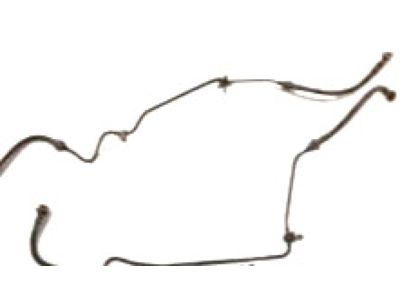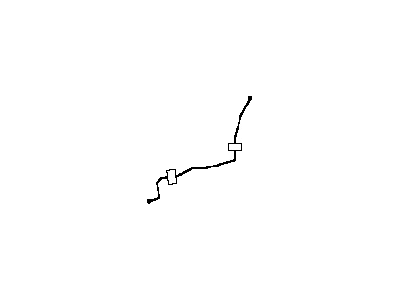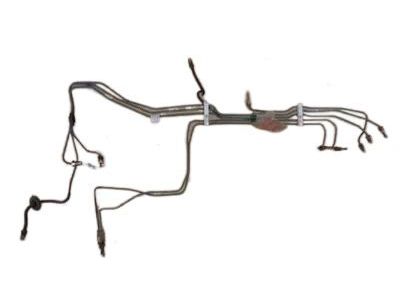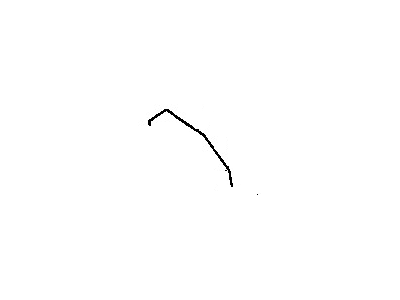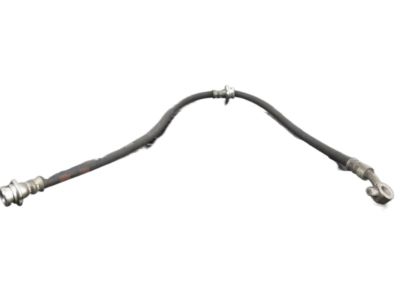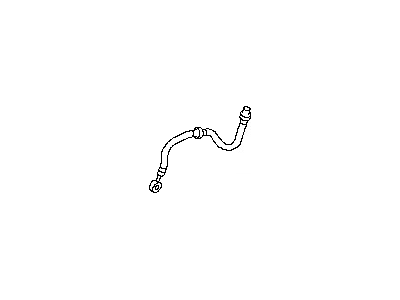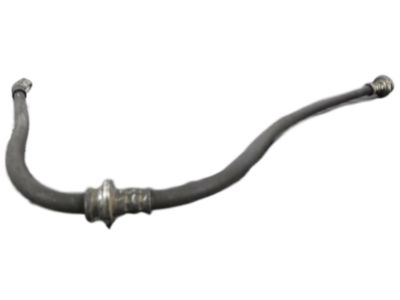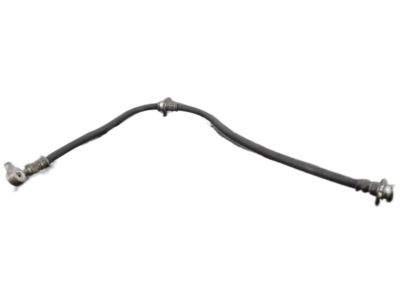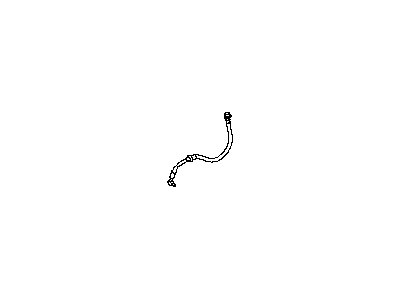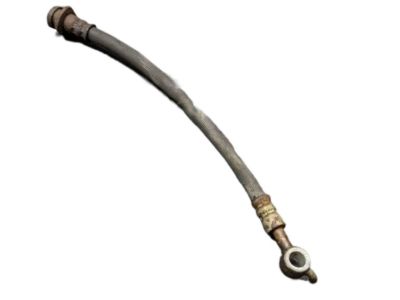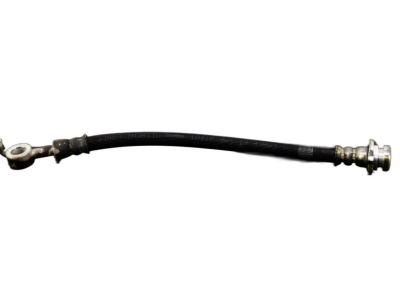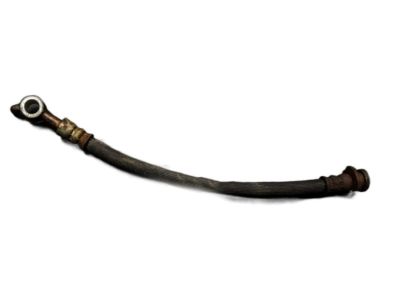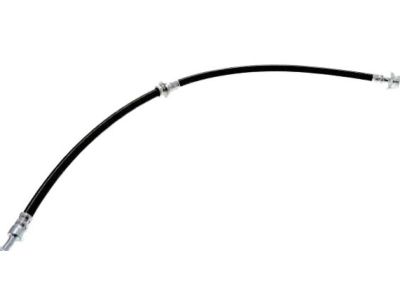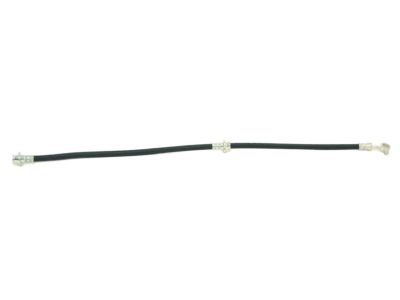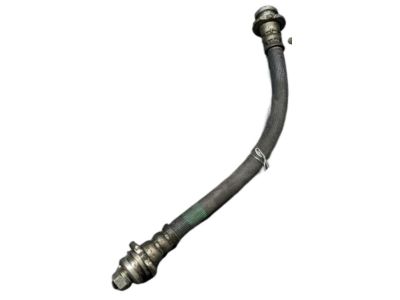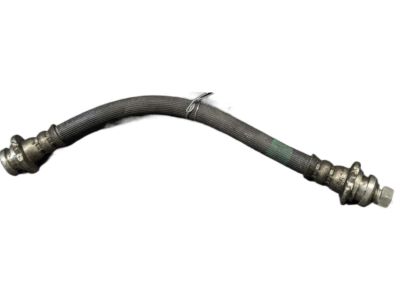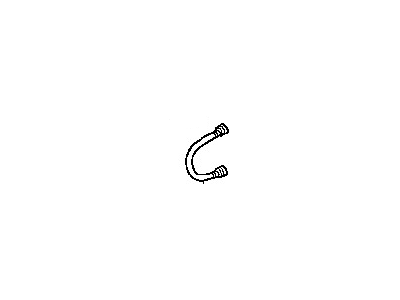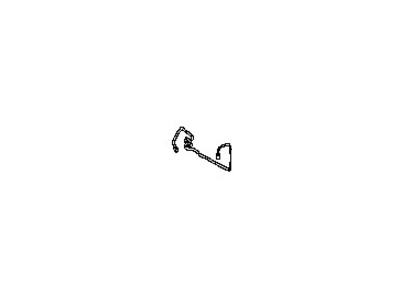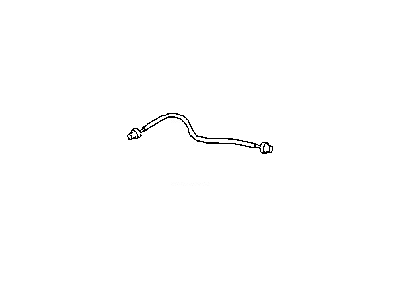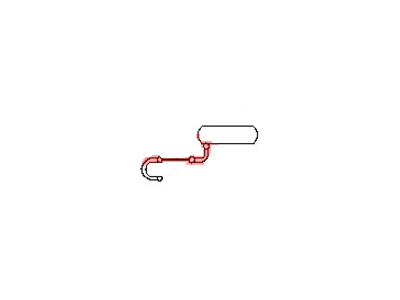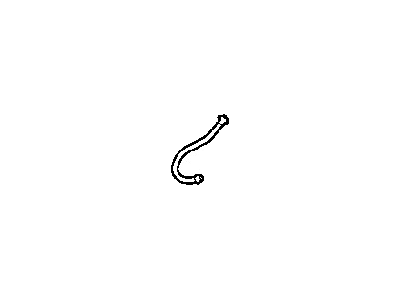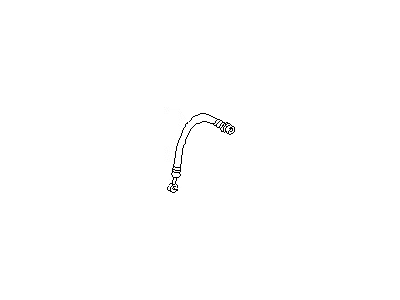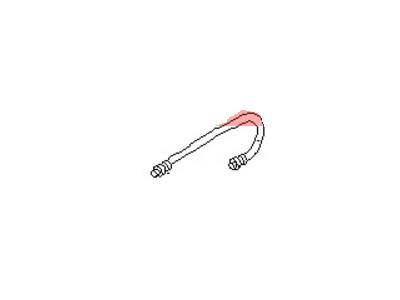×
- Hello
- Login or Register
- Quick Links
- Live Chat
- Track Order
- Parts Availability
- RMA
- Help Center
- Contact Us
- Shop for
- Nissan Parts
- Nissan Accessories

My Garage
My Account
Cart
Genuine Nissan Rogue Brake Line
Brake Hose- Select Vehicle by Model
- Select Vehicle by VIN
Select Vehicle by Model
orMake
Model
Year
Select Vehicle by VIN
For the most accurate results, select vehicle by your VIN (Vehicle Identification Number).
42 Brake Lines found

Nissan Rogue Tube Assy-Brake Rear,LH
Part Number: 46316-JG000$23.07 MSRP: $31.18You Save: $8.11 (27%)Ships in 1-3 Business Days
Nissan Rogue Tube Assy-Brake,Front LH
Part Number: 46242-JG400$28.95 MSRP: $39.13You Save: $10.18 (27%)Ships in 1-3 Business Days
Nissan Rogue Hose Assy-Brake,Front
Part Number: 46210-4BA0A$48.75 MSRP: $70.60You Save: $21.85 (31%)Ships in 1-3 Business Days
Nissan Rogue Hose Assy-Brake,Front
Part Number: 46210-4BA0B$48.75 MSRP: $70.60You Save: $21.85 (31%)Ships in 1-3 Business Days
Nissan Rogue Hose Assy-Brake,Rear
Part Number: 46210-4BA0D$11.51 MSRP: $16.67You Save: $5.16 (31%)Ships in 1-3 Business Days
Nissan Rogue Hose Assy-Brake,Front
Part Number: 46210-JG01A$55.83 MSRP: $80.85You Save: $25.02 (31%)Ships in 1-3 Business Days
Nissan Rogue Hose Assy-Brake,Rear
Part Number: 46210-4BA0C$12.95 MSRP: $18.75You Save: $5.80 (31%)Ships in 1-3 Business DaysNissan Rogue Tube Assy-Brake Rear,LH
Part Number: 46316-4BA0A$30.41 MSRP: $44.03You Save: $13.62 (31%)Ships in 1-3 Business DaysNissan Rogue Tube Assy-Brake,Front RH
Part Number: 46240-4BA0A$18.44 MSRP: $26.70You Save: $8.26 (31%)Ships in 1-3 Business DaysNissan Rogue Tube Assy-Brake Rear,RH
Part Number: 46315-JG000$26.58 MSRP: $35.93You Save: $9.35 (27%)Nissan Rogue Tube Assy-Brake Rear,RH
Part Number: 46315-4BA0A$30.78 MSRP: $44.58You Save: $13.80 (31%)Ships in 1-3 Business DaysNissan Rogue Hose Assy-Brake,Rear
Part Number: 46210-JG012$43.28 MSRP: $58.50You Save: $15.22 (27%)Ships in 1-3 Business DaysNissan Rogue Hose Assembly-Brake,Rear LH
Part Number: 46210-4CE1E$35.70 MSRP: $51.72You Save: $16.02 (31%)Ships in 1-3 Business DaysNissan Rogue Hose Assy-Brake,Rear RH
Part Number: 46210-4CE1D$37.59 MSRP: $54.43You Save: $16.84 (31%)Ships in 1-3 Business DaysNissan Rogue Hose Assy-Brake,Front
Part Number: 46210-JG01B$54.98 MSRP: $79.62You Save: $24.64 (31%)Ships in 1-3 Business DaysNissan Rogue Hose Assy-Brake,Rear
Part Number: 46210-4CE0C$12.95 MSRP: $18.75You Save: $5.80 (31%)Ships in 1-3 Business DaysNissan Rogue Hose Assy-Brake,Rear
Part Number: 46210-4BA0E$11.16 MSRP: $16.17You Save: $5.01 (31%)Ships in 1-3 Business Days
| Page 1 of 3 |Next >
1-20 of 42 Results
Nissan Rogue Brake Line
If you need any OEM Nissan Rogue Brake Line, feel free to choose them out of our huge selection of genuine Nissan Rogue Brake Line. All our parts are offered at unbeatable prices and are supported by the manufacturer's warranty. In addition, we offer quick shipping to have your parts delivered to your door step in a matter of days.
Nissan Rogue Brake Line Parts Questions & Experts Answers
- Q: How often should you inspect the flexible hoses connecting the steel brake lines to the brake assemblies, and what steps should you follow to replace them on Nissan Rogue?A:With the vehicle in the air on jackstands, at roughly six-month intervals, check the flexible sections connecting the steel lines to the front and rear brake assemblies as these are parts of brake system. For further examination, you can use a light and mirror, and while doing so if you found that the hose of your back light is damaged then replace it with a new hose. When replacing brake hoses, loosen the wheel lug nuts and lift the vehicle and then remove the wheel, although, when replacing rear brake hoses one does not need to remove the wheel. To dismantle the brake line fitting from the hose at the bracket position unscrew the flare-nut with flare-nut wrench instead of rounding the corners off. To remove the U-clip on the female fitting at the bracket side, push the hose through. While at the caliper end, recommend that you unscrew the banjo bolt and disconnect the hose from the caliper; and ensure that you put the two sealing washers back when reconnecting the remaining components. When it concerns front brake hoses, the hose needs to be detached from the strut bracket after U-clip removal. To set the new hose, fitting end of the caliper should be moved through the strut bracket and then caliper should be fitted with banjo bolt and new sealing washers without twisting the hose. Insert the hose into the frame bracket, screw the brake line fitting by hand, clip it with the U-clip and then tighten the fitting. Afterward, expel any leftover brake fluid through a bleeder screw, fit the wheel back on and the lugs nuts, raise the car, and finally torque the lugs nuts to the recommended pound per inch or kilopound torque. While replacing the metal brake lines, use the correct steel and avoid the use of copper tubing. Ready made brake lines connected to the flare tubes and the necessary fittings can be bought at automotive stores. Make sure that the new line is supported well on brackets and is at adequate distance from moving & hot parts. Following the installation, look at the master cylinder reservoir for the fluid level, add more of the approved fluid if needed, next bleed the brake system and then test the brakes cautiously before driving in traffic.
